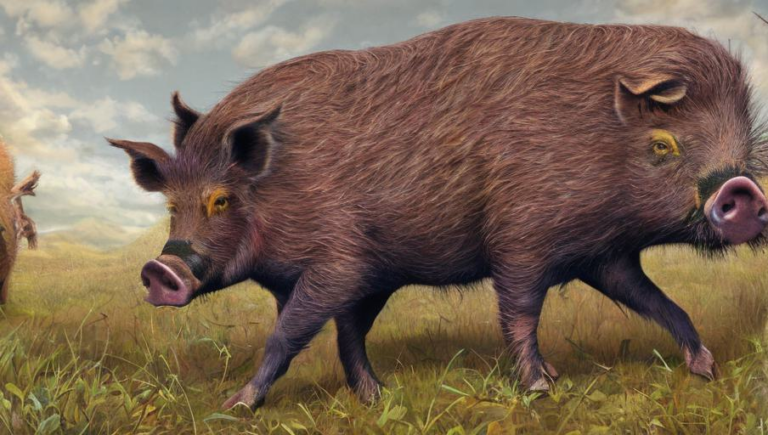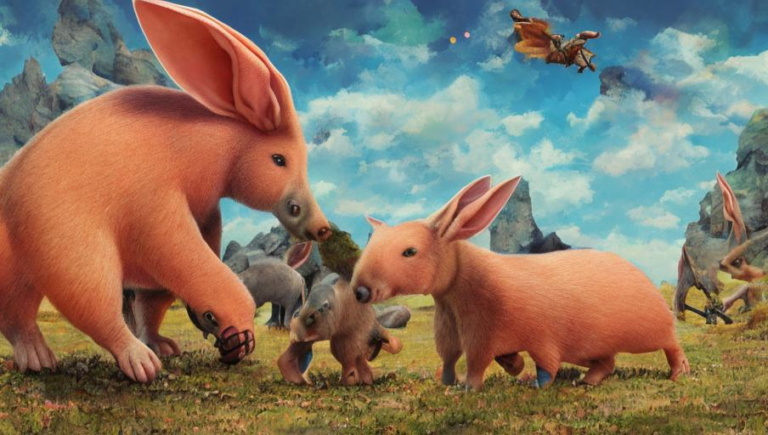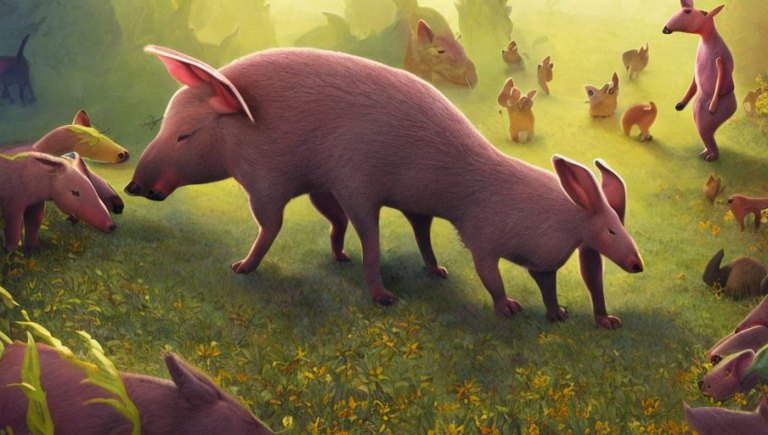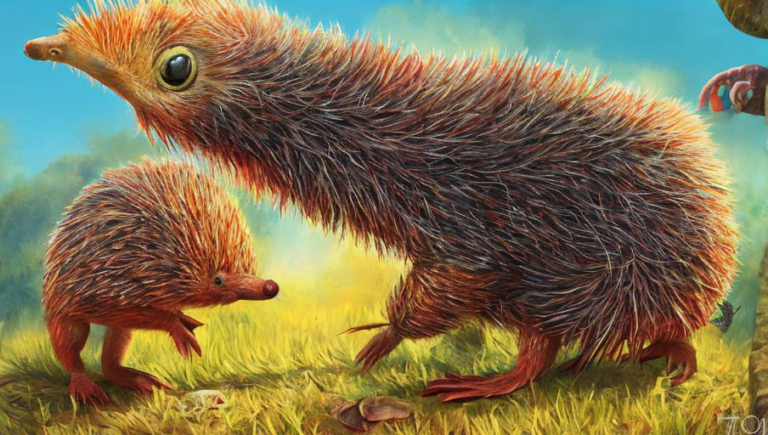Zooming Out on Badger Conservation
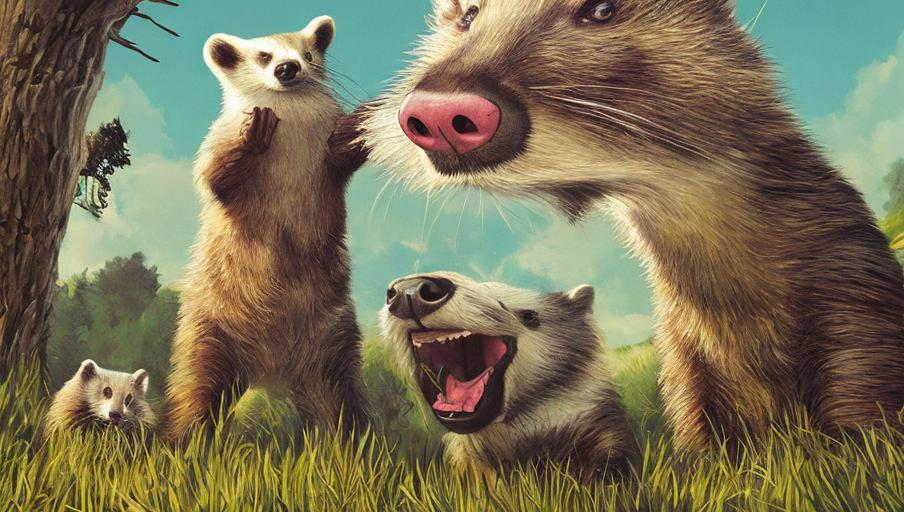
Introduction
Badgers are fascinating creatures that have been around since the Pleistocene epoch. They are found in a variety of habitats around the world and have adapted to the changing environment over the years. Badgers have long been hunted for their fur and their meat, and in recent years their population has been declining due to habitat destruction and human encroachment. Conservation of badgers and their habitats is an important step in preserving these unique species.
Habitat and Distribution
Badgers are found all over the world, with different species inhabiting different areas. In Europe, the Eurasian badger is the most commonly found species, while in North America, the American badger is the most widespread. Badgers live in a variety of habitats, including grasslands, meadows, wetlands, and forests. They are also known to inhabit farmland, where they contribute to soil fertility through their burrowing activities.
Diet and Behaviour
Badgers are mainly nocturnal animals, emerging from their burrows at night to hunt for food. They are omnivorous, eating both plants and animals, including small rodents, birds, insects, and other invertebrates. They also eat fruits, nuts, and roots. Badgers are very social animals and live in large extended families, with the dominant male badger leading the group. They are also very territorial and will defend their burrows from intruders.
Conservation Status
Badgers are currently listed as a species of least concern by the International Union for Conservation of Nature (IUCN). However, their populations are declining due to habitat destruction and human encroachment. In some parts of the world, badgers are hunted for their fur and meat, which further threatens their survival. Conservation efforts are important in order to ensure that badgers are protected and their habitats are preserved.
Conservation Efforts
Conservation efforts for badgers include preserving their natural habitats, restricting hunting and trapping, and educating the public about the importance of protecting these creatures. In the U.K., a variety of organizations are working to protect badgers, including Badger Trust and the Royal Society for the Protection of Birds. These organizations are focused on researching badger populations, protecting their habitats, and educating the public about their importance. In Europe, the European Badger Action Plan is a collaborative effort among governments and organizations to protect badger populations.
Conclusion
Badgers are a unique and fascinating species that are important to the environment and the ecosystem. Conservation efforts are important in order to protect badgers and their habitats, and to ensure that these species are around for future generations. By understanding the importance of these creatures and supporting conservation efforts, we can all make a difference in protecting badgers and preserving their habitats.
